The Agriculture industry is facing a number of significant challenges, not least, providing food security to a growing population. The United Nations Food and Agriculture Organisation has estimated that food production will need to increase by 70% by 2050, to meet the needs of the expected 9 billion population.
Labour remains key to harvest, especially with specialty crops – typically representing 20-50% of the overall crop budget. But factors such as an ageing workforce, increasing competition for labour from other industries and foreign labour costs continue to widen the gap between available and required labour. A challenge further exacerbated by Brexit and more recently, the pandemic.
Moreover, Agriculture is highly water dependent and the impacts of Climate Change are contributing to scarcity and shortages. In short, there are many trials facing the Agriculture sector. All necessitate an increase in Agricultural productivity.
Technology has long provided solutions and there has been an increase in interest and investment in AgriTech solutions. Predicted to reach $46,372 million by 2030, global AgriTech is a well established yet fast developing market.
What is AgriTech?
AgriTech describes the use of technology to produce more with less. This spans tractors to drones, milking machines to vertical farming and automation. These help farmers and agriculturalists increase efficiency from field monitoring, to the food supply chain itself.
AgriTech includes the Internet of Things (IoT) which has and continues to transform almost every sector – Agriculture is no exception. IoT refers to a network of connected devices that collect and share data with other devices and communications networks, allowing for real-time monitoring and control of various systems.
In Agriculture, IoT devices include sensors that measure soil moisture, temperature, and other environmental factors, as well as weather stations, drones, animal tracking collars, and other connected devices that can provide valuable data about crops and livestock. This data can then be used by farmers to make more informed decisions, for example, when to irrigate.
IoT in Agriculture
Ground Control is proud to work with a number of customers driving IoT in Agriculture forward. Just one great example is Synnefa. Synnefa provides IoT devices integrated with farming software to 8,726 farmers across Kenya.
The combination of data from IoT devices in the field, farmer activity and trend analysis, help deliver insight to either enable the farmer to make more informed decisions; or use Synnefa’s smart greenhouses to automatically complete tasks, for example fertilisation, based on sensor data.
The results:
• 50% reduction in water usage
• 41% reduction in fertilizer application rates
• 30% average increase in production when compared to yields before IoT device implementation.
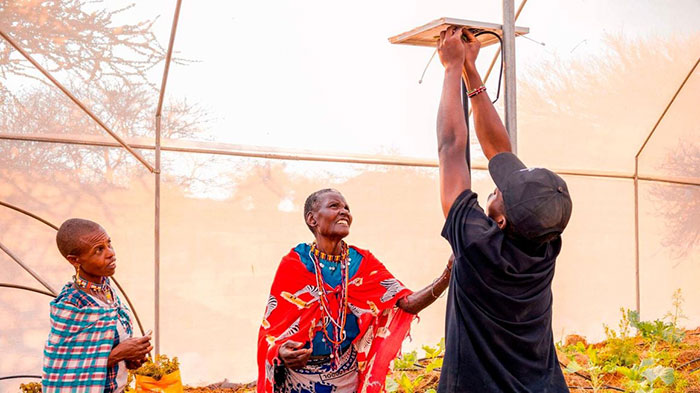

Contact us
What are Autonomous Agricultural Robots?
Autonomous Agricultural Robots (AAR) are machines that can perform agricultural tasks without human intervention. Equipped with various sensors, cameras and other technologies, they can navigate fields and perform specific tasks, including planting and monitoring and managing livestock.
The sensors, software and connectivity which enable these machines to collect and exchange data, means AARs can be considered a type of IoT. So these machines are able to communicate with other IoT devices, such as irrigation systems, enabling farmers to create more integrated and efficient farm management systems.
Common applications of Agricultural robots
1. Harvesting crops
Through detection and classification of plants and their characteristics, robots can be programmed to harvest crops based on factors that indicate ripeness, for example colour. Those with GPS systems can be used in tandem with pickers working in fields. As these robots benefit from speed and accuracy, they can improve yield size and reduce waste while reducing workforce reliance.
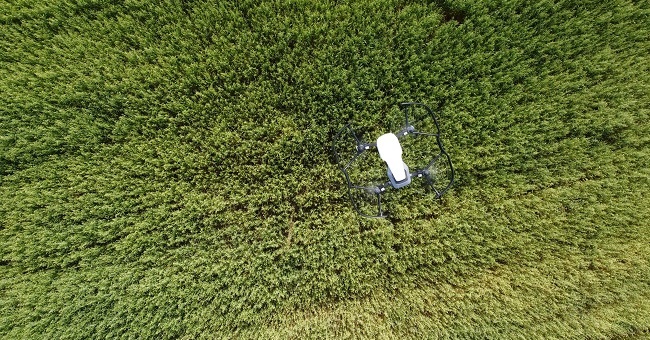

2. Drones
Can be used in multiple ways within Agriculture to automate tasks and improve crop yields. Some examples include:
Crop monitoring: equipped with sensors or cameras, drones can be flown over fields to collect data on crop growth, health and water stress. This data can then be used to create detailed maps enabling farmers to identify areas which need attention and adjust irrigation or fertilizer application.
Crop spraying: fitted with spray nozzles, drones can apply pesticides and other chemicals with high accuracy, minimising the amount needed.
Livestock monitoring: utilizes drone cameras to allow real-time information on animal health and behaviour. This can be used to help track grazing patterns or even identify stressed or sick animals.
Contact us
3. Weed control
Ag operators can use autonomous robots to control weeds in a more precise, efficient and environmentally friendly method when compared to traditional methods. Just three common examples:
Automated mechanical weeding: soil-based weeders can navigate autonomously around fields, detecting plants via infrared sensors or cameras. Once weeds are detected, machines use a rotary cutter to cut these at ground level.
Chemical spraying: uses autonomous robots to apply herbicides to weeds in a targeted manner. The robot can use computer vision to identify weeds and spray only the areas where weeds are present, reducing the amount of chemicals used and minimizing the impact on the environment.
Thermal weeding: similarly to the above, autonomous robots use computer vision to identify weeds and target them with an appropriate amount of heat to kill the weed, negating the use of chemicals.
4. Autonomous tractors
Using a combination of sensors, GPS technology and cameras, these self-driving vehicles can perform tasks such as ploughing, tilling, and spraying crops.
They can also be used to collect data regarding soil health, crop growth and weather conditions while they work, enabling farmers to focus on other tasks, for example ensuring proper drainage.
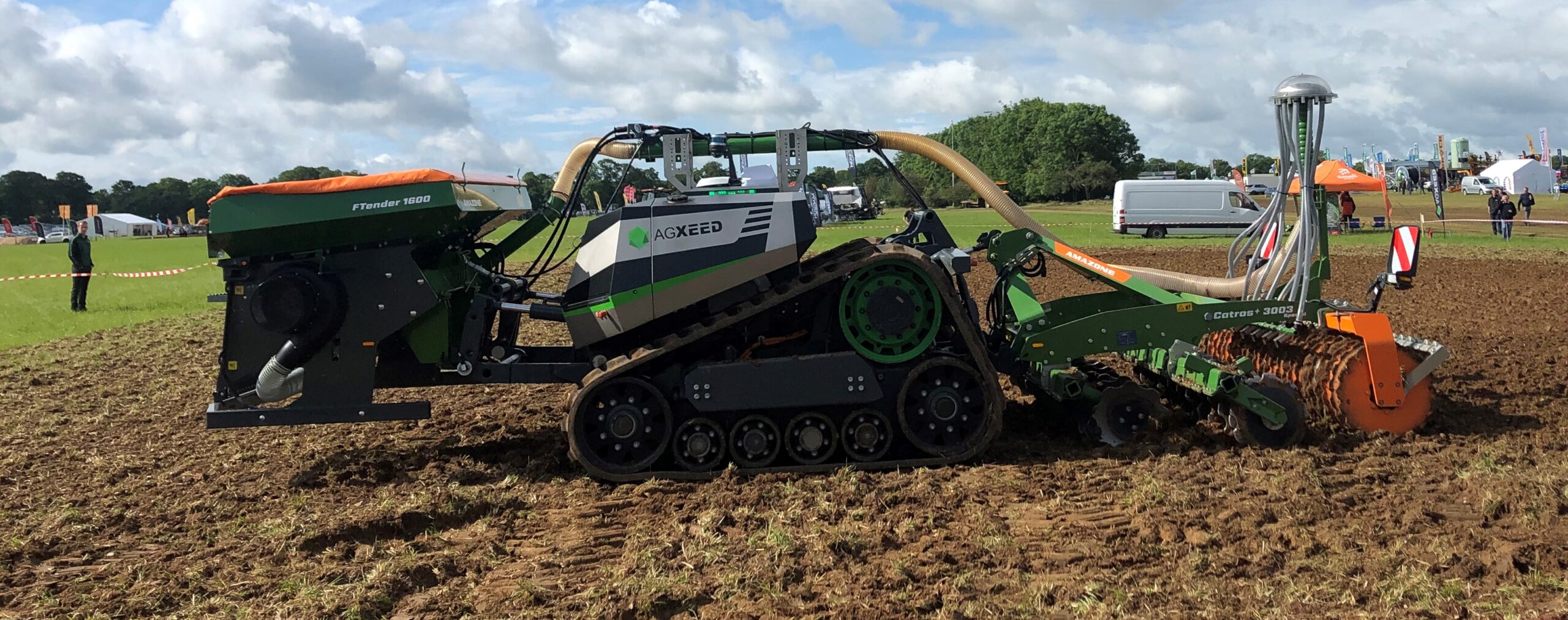

Contact us
5. Planting crops
Agricultural robots are able to track the position of rows while planting, adjusting their trajectory accordingly, to ensure precise spacing between each seedling. GPS-based equipment also allows farmers to program the AAR with desired planting depth based on field location to give the crops the best chance of survival.
The opportunities associated with the use of autonomous agricultural robots as part of precision agriculture systems are significant – improved efficiency, labour productivity, minimised environmental impact, all while increasing crop yields.
Though AARs are still very much within their evolutionary infancy, autonomous tractors and drones in particular have become increasingly popular tools. A recent report valued the global autonomous farm equipment market at $62.89 billion and went on to predict market value would reach $250.6 million by 2028.
As with any relatively new technology, there are a number of challenges. Not least, connectivity. As Rohan Rainbow of Grain Producers Australia puts it – “more than half the farmers in Australia have no access to cellular phone connectivity… That’s actually quite a challenge if you want to service your machine or just run diagnostics on whether this machine is performing correctly and providing that information back to the operator.”
Beyond data transmission, the main issue associated with poor or no connectivity is when machines in the field detect an obstacle. When this happens, without the connectivity to receive a go/no go command the machine will sit still until either the perceived obstacle moves, or the Ag operator notes the machine isn’t where expected and goes to find and then reset it. To put this into context, even in the UK those utilising autonomous agricultural robots found they were having to go into the field roughly once every 10 hours.
As connectivity specialists it would be remiss to not highlight the role of satellite connectivity in overcoming these challenges. After all, to gain the true value-add from any of these applications, resilient communications are essential and only satellite offers ubiquitous coverage.
Overcoming connectivity challenges with the RockREMOTE Rugged
Designed for permanent outdoor installation in harsh environments, the RockREMOTE Rugged is ideal for fixed or mobile environments anywhere in the world. Featuring a new form factor, waterproof and vibration tested, the RockREMOTE Rugged connects assets and machines with Iridium satellite or LTE networks.
Featuring an omni-directional antenna, the RockREMOTE Rugged is able to securely connect remote IoT assets using IP or message-based protocols. The powerful Linux-based operating system offers containerized hosting for edge-computing applications.
Having spoken with a number of manufacturers, we’re confident the RockREMOTE Rugged is a great solution for any Agricultural manufacturers or OEMs looking for a robust, reliable communications system.
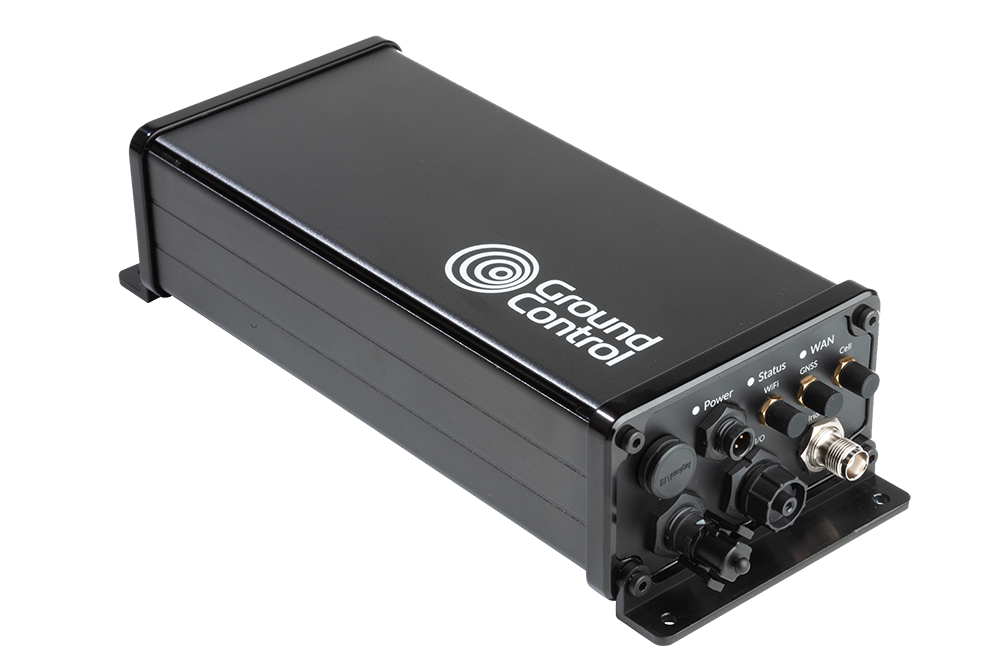

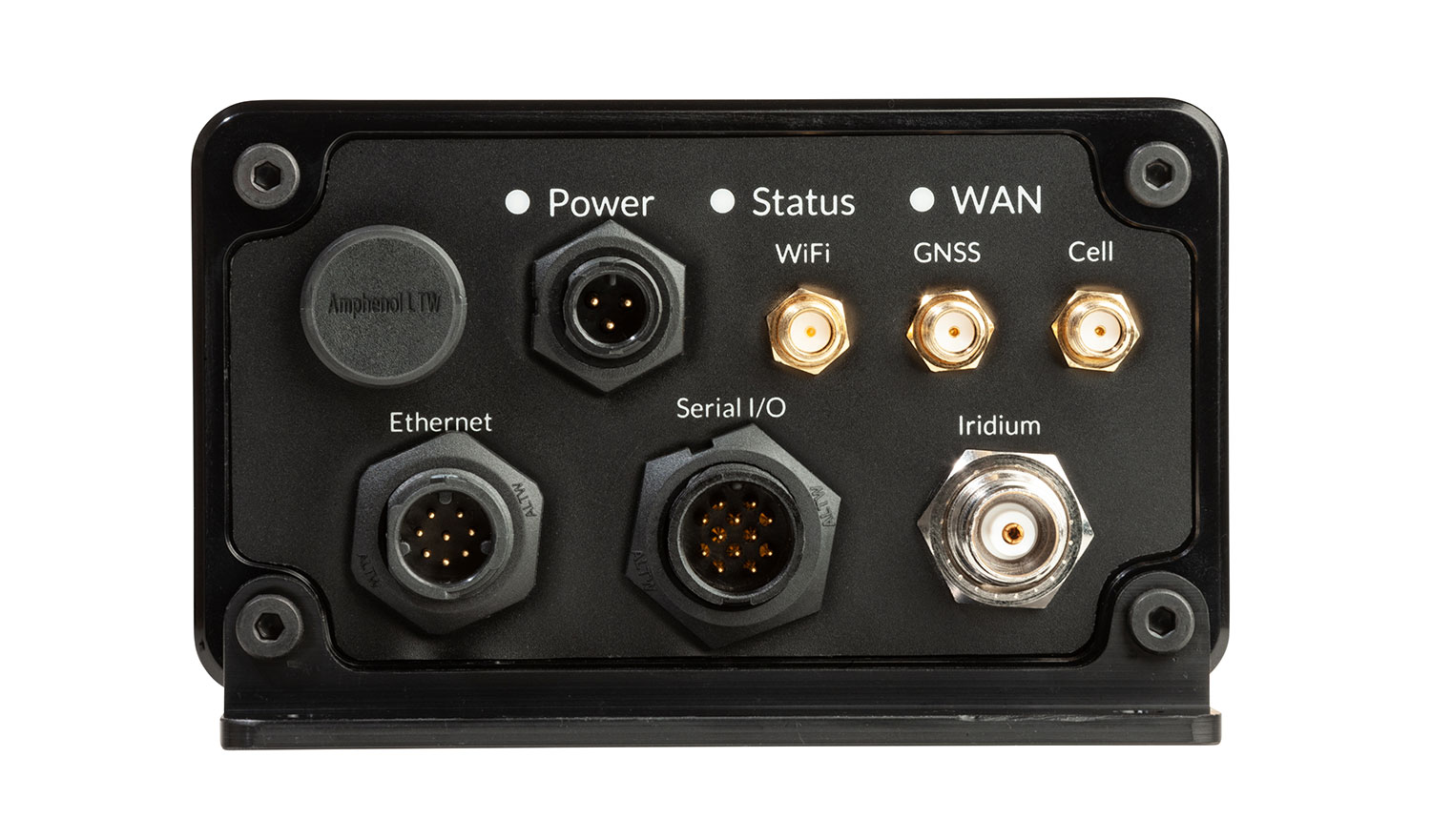

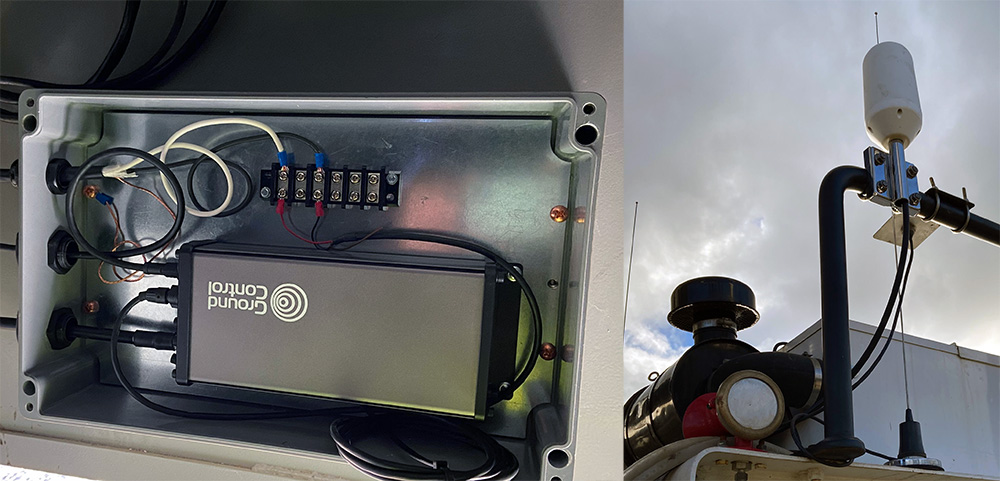

As we design and build the Rock series of products in-house, it’s also possible to customize devices – get in touch if you have a particular requirement in mind.
Looking for a communication solution for your AgTech?
To discuss further what satellite connectivity could look like within your machines, and how we might be able to make that process as simple as possible - fill in the form and one of our expert team will be in touch.
